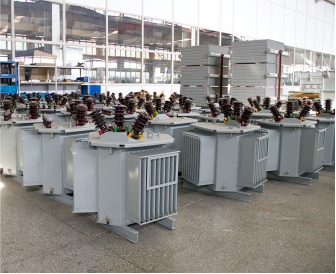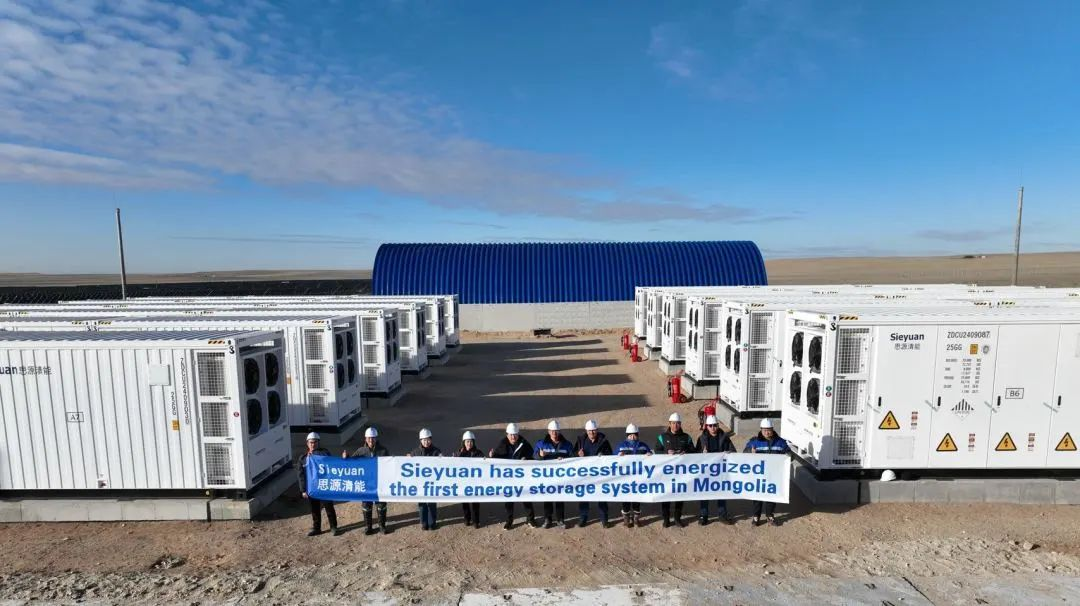Transformers, without a doubt, are very crucial energy dispersal elements that complete the link between power generation and consumption. In this paper, we focus on transformer construction and operation principles as well as transformer relevance to the energy systems. All these factors are pertinent towards providing better energy distribution and improving system’s reliability.
The Role of Transformers in Energy Distribution
Transformers are electrical devices that transfer electric energy from one, two or multiple circuits through the principle of electromagnetic induction and are predominantly used in energy systems for stepping up or down voltage levels. The ability to step-up high voltage means that huge amounts of energy can be transferred over large distances while minimizing energy loss. It is therefore unsurprising that every energy dispersion network incorporates transformers.
Key Components of Transformers
A transformer’s construction will typically have three main parts within it; the core, the windings, and insulation. Most of the transformer cores are constructed from silicon steel sheets which encase a low magnetic reluctance circuit. Collated copper or aluminum wire wraps, known as the windings, are employed to connect the electrical supply. Short circuit is a threat that occurs in most high power networks and therefore solid insulators are extremely essential and to some extent, are life-saving materials. The entire components of the transformer has to be catered for as it will lead to efficient performance and Mg.
Different kinds of transformers
In energy distribution, different transformers come into the picture which include power transformers, distribution transformers and isolation transformers. Power transformers can be defined as transformers that are meant for high voltage applications and are considered to be used in substations. Distribution transformers mainly reduce voltage levels for safe consumption in households and businesses as well. Isolation transformers also serve as protection by isolating different parts of the electrical systems from one another.
Transformer efficiency and losses
Another important area to consider while designing transformers is efficiency. In fact, Lee et al. (2021) state that in current trends, there are Transformers capable of attaining over a ninety-eight percent efficiency which is quite impressive. Despite this advancement, losses in windings and core hysteresis due to a more pervasive factor still exist. These losses are however very crucial in enhancing the transformer design for minimizing energy dissipation in the distribution system. In addition, the monitoring and maintenance of transformers regularly unmask the ineffectiveness as well as increase their ages.
Smart transformers time
With the growing global concern about the potential exhaustion of fossil fuels; there has been a significant shift in the focus towards finding alternative energy resources. Consequently, transformer use is gradually transforming. There is a generation of smart transformers with enhanced sensors and communication technologies that provide real-time leverage for the management of energy distribution. These technologies provide an improvement on the reliability of the grid and allow for the integration of the ever-growing renewable energy resources which is a desirable vision of the future. In conclusion, it can be said that transformers can be considered as the units which assist in the effective transmission of electric energy. It is important for the stakeholders to have an understanding of what a transformer is, how it works and how it can be improved to enhance energy systems. There are good prospects and development of transformer technology since further focus is on efficiency and making use of green energy resources.
 EN
EN
 AR
AR
 BG
BG
 HR
HR
 CS
CS
 DA
DA
 FR
FR
 DE
DE
 EL
EL
 HI
HI
 PL
PL
 PT
PT
 RU
RU
 ES
ES
 CA
CA
 TL
TL
 ID
ID
 SR
SR
 SK
SK
 SL
SL
 UK
UK
 VI
VI
 ET
ET
 HU
HU
 TH
TH
 MS
MS
 SW
SW
 GA
GA
 CY
CY
 HY
HY
 AZ
AZ
 UR
UR
 BN
BN
 LO
LO
 MN
MN
 NE
NE
 MY
MY
 KK
KK
 UZ
UZ
 KY
KY




